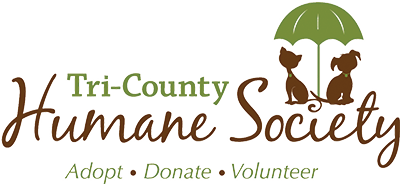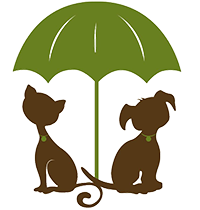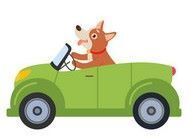In addition to basic needs such as food and shelter, a dog needs social interaction, positive attention from its owner, exercise and mental stimulation. Many of these needs can be met by taking the dog for a walk. Ideally, every dog should be walked on a leash for a minimum of 20 minutes, preferably after each meal.
Leashes/Licenses/Waste
Most cities and counties have some form of leash law. When leashed, a dog is safe from traffic and unable to follow his instincts to chase children, investigate garbage cans or dig up landscaping.
Remember to get your pet licensed in accordance with your city’s laws.
It is best to keep your dog on a leash, regardless of the leash laws in your area. Keep leashes to six feet or less on public sidewalks.
Do not use retractable leashes in areas frequented by joggers, skaters or cyclists. The thin line blends into the background and all too often athlete and dog collide.
Pick up feces using a plastic bag and knot the top to control odor and flies before deposing of it in a waste receptacle. Train your dog to urinate in gutters or on nonliving vertical surfaces, such as fire hydrants. Avoid trees and flower beds.
Benefits of Walks
A walk is a chance for attention. Perhaps more than anything, pets simply want our company.
A walk allows you to practice obedience skills with your dog to increase the reliability of training. Reviewing the basic obedience commands increases the benefits of a walk because your dog is not simply ambling along, but is performing additional tasks.
A walk provides mental stimulation through territorial investigation. The dog can gather information about how its territory has changed since the last walk.
A walk has many physical benefits. Walking your dog is the best way to exercise a dog that may not move about much in your home or even in your yard. Aging pets must be kept as agile and fit as possible but may not be inclined to exercise without much encouragement. Even if your dog is active in your yard, it’s most active during a walk.
A walk is a chance for socialization with others. If you pass by another dog or person along the way, your dog has an opportunity to greet them. Dogs are social animals and it’s their nature to investigate unrecognized and recognized individuals. If a dog does not have an opportunity to socialize, it will not learn to interact appropriately with other dogs or people. Puppies should be encouraged from a young age to appropriately greet and interact with other dogs and people while on walks. However, it's always crucial to ask "May my dog say hello to you?" before letting your dog may any physical contact.
A walk can prevent destructive behavior.
Source: "Canine and Feline Behavior Problems," Stefanie Schwartz; ASPCA









